The Castel Nuovo (or Maschio Angioino) is one of the most famous and important symbols of the city of Naples. It majestic architecture, facing the deep blue Mediterranean Sea, has been part of the history of Naples over the last eight centuries, silently witnessing the constant succession of men who have made the history of the city great.
But what’s the real history of Castle Nuovo? Let’s start from the beginning of the story…
Named Castrum Novum (New Castle) to distinguish it from the other two royal residences of Naples (Castel dell’Ovo and Castel Capuano), this huge Neapolitan medieval fortress was built in between 1279 and 1284, according to Charles I of Anjou’s wishes, who upon taking over Naples in the 13th century, launched a great construction plan to expand the city and the port area. Later, during the kingdom of Robert of Anjou, the castle became a popular cultural centre for the time by giving hospitality to leading intellectuals, doctors and artists like Giotto, Petrarch and Boccaccio (it will be exactly the lively cultural environment of the court and the multifaceted reality of the city that will provide Boccaccio with the right inspiration for the creation of the colourful world of his masterpiece – the Decameron).
However, of the original French structure, few parts remains…
Castel Nuovo was intensively modified two centuries later when Alfonso the Magnanimous conquered the city in 1443: the Anjevin royal residence became therefore a massive fortress with imposing defence structures that underwent further modification during the viceroy period (1503-1734) and the Bourbon dynasty. The nowadays castle, however, is the result of the a meticulous restoration plan and clearance works of the early years of the 20th century when the Municipal Council began to isolate again the castle from the surrounding buildings in recognition of the historical and monumental importance of the fortress.
The castle is nowadays the venue of cultural events and it houses the Municipal Museum of Naples arranged on several floors that includes sculptures, paintings and objects ranging from the medieval period to the late 19th century. The Palatine Chapel, the only surviving original part of the Castle, houses fragments of frescoes by Giotto on top of the Gothic windows, while in the glass-floored Sala dell’Armeria (Armoury Hall) it Is possible to admire ancient Roman ruins.
What about the dark secrets that have been hiding behind its impressive walls?!
Let’s start with the “Hall of the Barons”. The ancient “sala mayor” of the castle owns its name to the conspiracy ordered by several nobles of the kingdom against the King Ferrante I of Aragon back in the XV century . The solemn atmosphere of the hall was indeed the scene of the epilogue of one of the most significant episodes of the Neapolitan history: King Ferrante, with the excuse of an invitation to his granddaughter’s wedding, astutely gathered all the unaware conspirators in the hall of the barons and…had them captured and executed! In the darkness of the dungeons of the Castle lies the “Prison or Pit of the Barons”, where are secretly stored four coffins without any inscription, containing mortal remains, probably of the nobles who had participated in the Barons conspiracy in 1485. From the description made during the XIV century, it appears that the corpses were dressed in the fashion of the XIX century and that one of these, perhaps a prelate, had been killed by suffocation. A bit creepy but it definitely worth a visit if you are brave enough to do it!
But Castel Nuovo is famous among the locals above all for the “Crocodile Pit”. Initially called the pit of the millet because used as a grain storage during of the Aragonese reign, the pit was also used to lock up prisoners condemned to harsher sentences. But, according to an ancient legend, some of these doomed prisoners started mysteriously to vanish leaving no traces behind. What happened?! Apparently the suspicious disappearances were caused by a ravenous crocodile who used to enter from an opening in the wall of the pit to bite the prisoners and drag them into the sea! Somewhat surreal as an explanation…but it does not end here! Always according to the legend, in order to finally kill the crocodile, an enormous horse’s leg was used as bait and once dead, the ferocious animal was embalmed and hung on the entrance gate of the Castle!
According to another version of the legend, the beautiful and seductive, vain and changeable Queen Giovanna used to get rid of her lovers throwing them through a trapdoor in a pit with sword points, razor blades and of course … a crocodile! It was the Queen Giovanna herself who brought the ferocious animal to Naples from the Egypt on the occasion of her wedding with Giacomo of Bourbon. What a lovely woman!
However, in 2004, all the Neapolitan were put to test when a strange animal skeleton was discovered during the underground excavations of Piazza Municipio. For the most passionate, the rediscovered bones really belonged to the famished crocodile wanted by the passionate Neapolitan queen, while, for the most skeptical ones it simply was the skeleton of a cetacean. Even today, the mystery of the infamous crocodile seems unsolved…
Now it’s time to visit this impressive medieval fortress and travel through time, in a city full of stories, myths and legends! What are you waiting for?!
The visit to the Castle can be combined with our private walking tour of Naples or with our Tasting Tour of the city.
Table of Contents
INFO
CASTEL NUOVO
VIA VITTORIO EMANUELE III – NAPLES (NEAR PIAZZA MUNICIPIO)
TICKETS: € 6 – FREE ENTRY UNDER 18.
OPENING HOURS: MON – SAT 09.00 – 19.00.
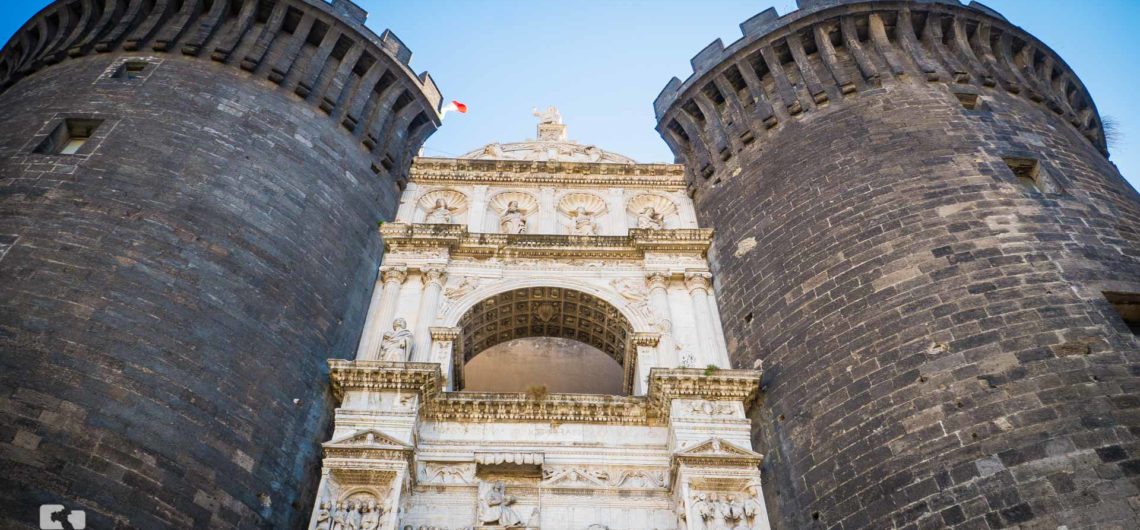
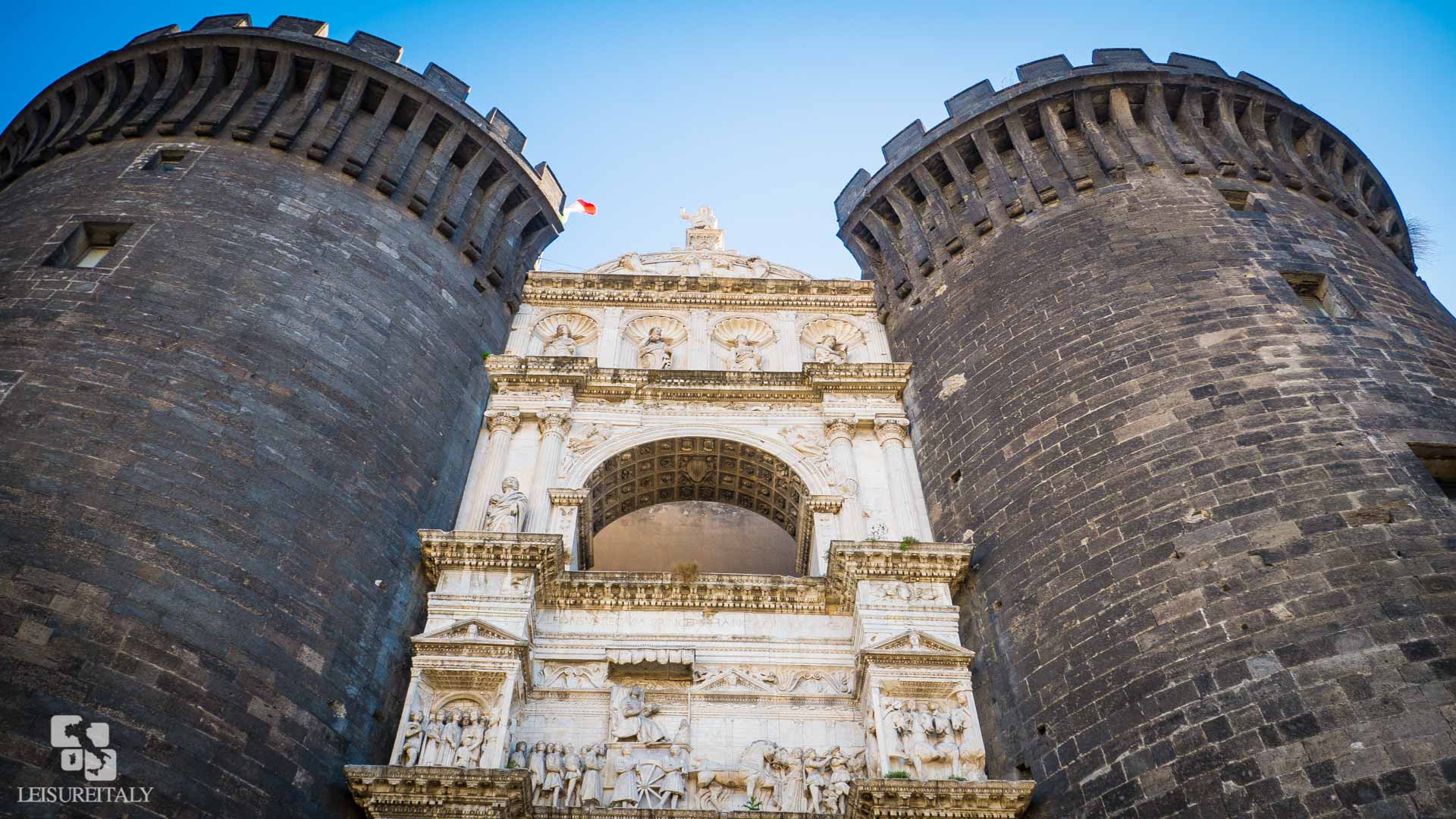
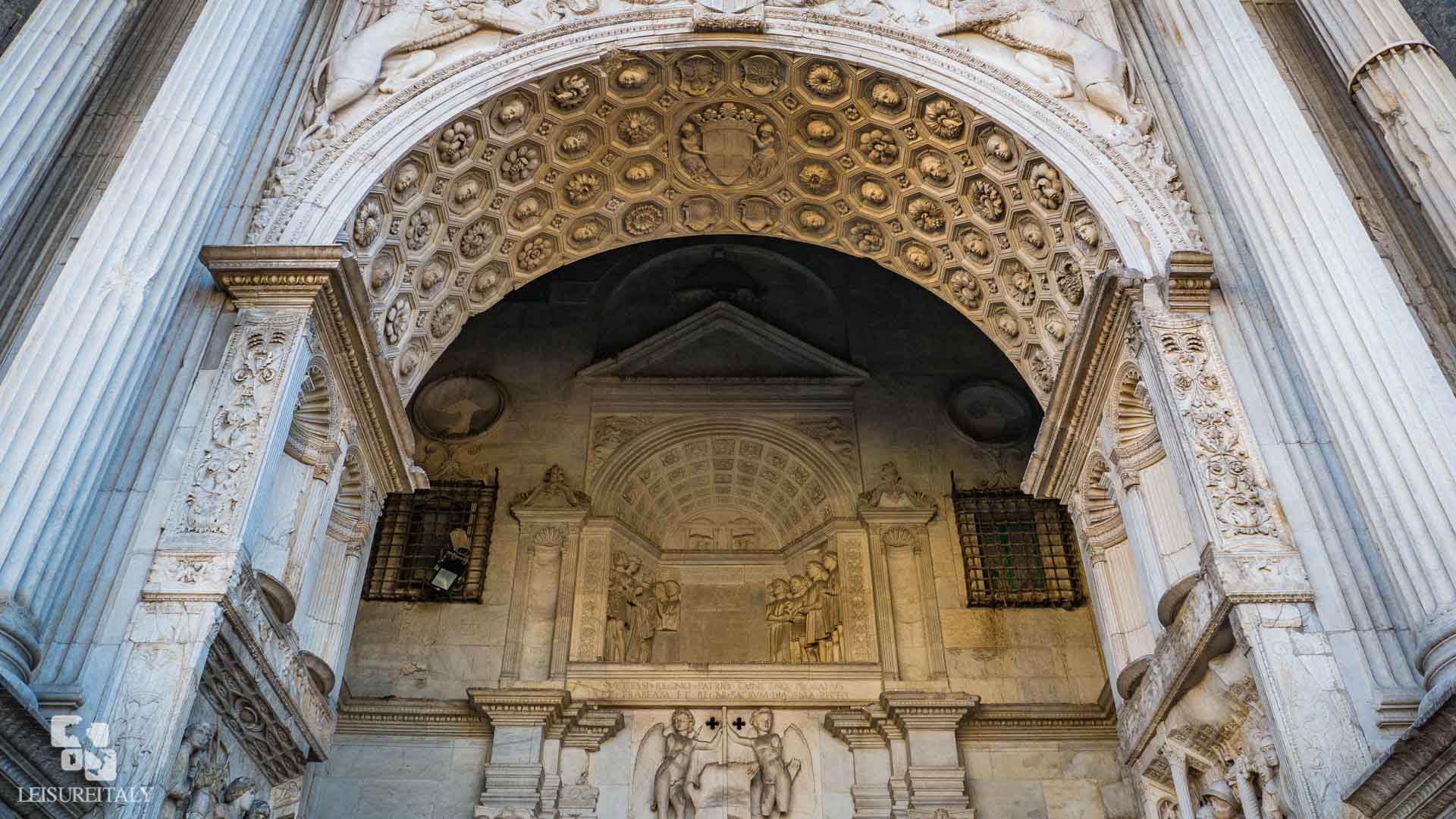
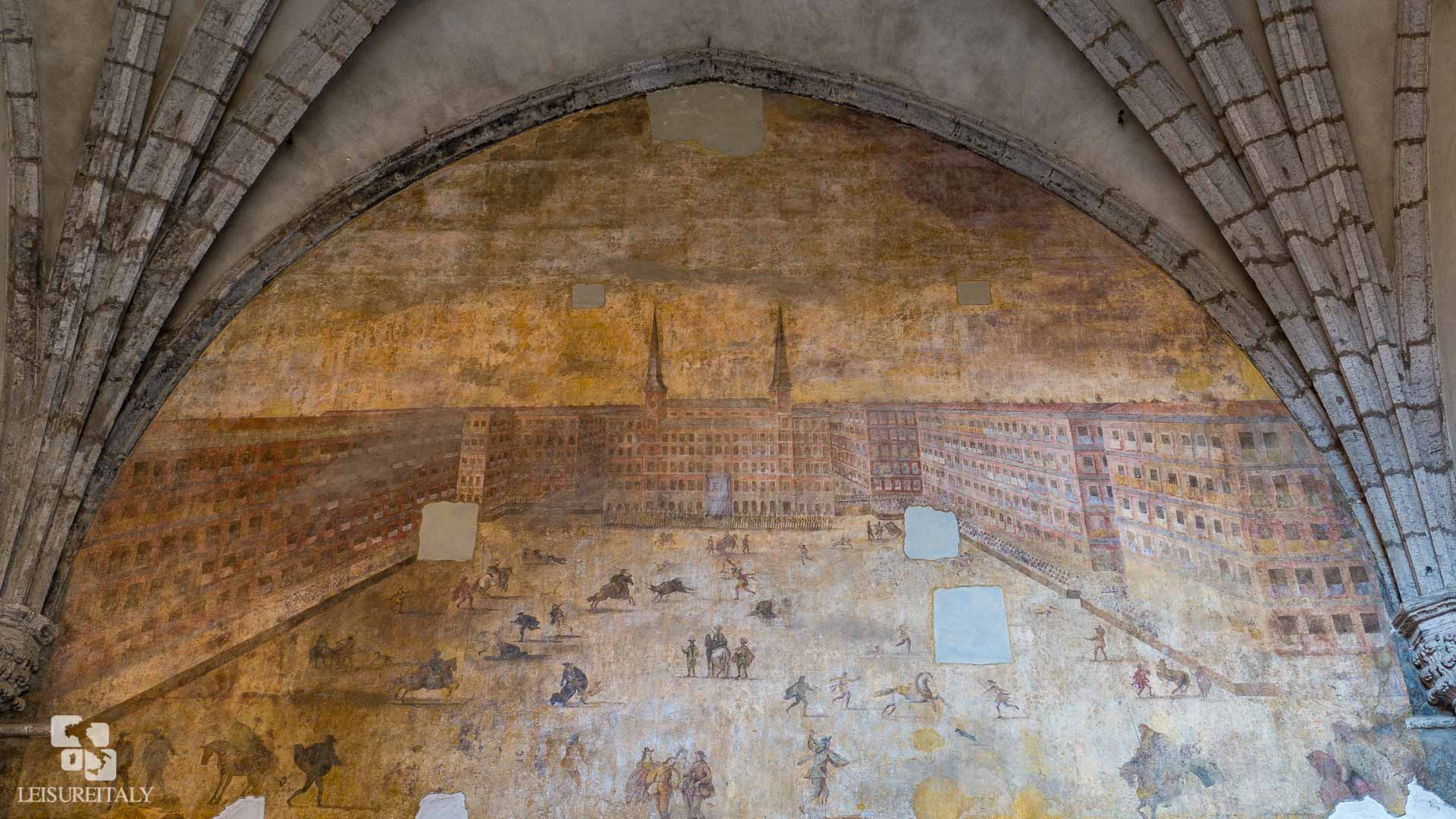
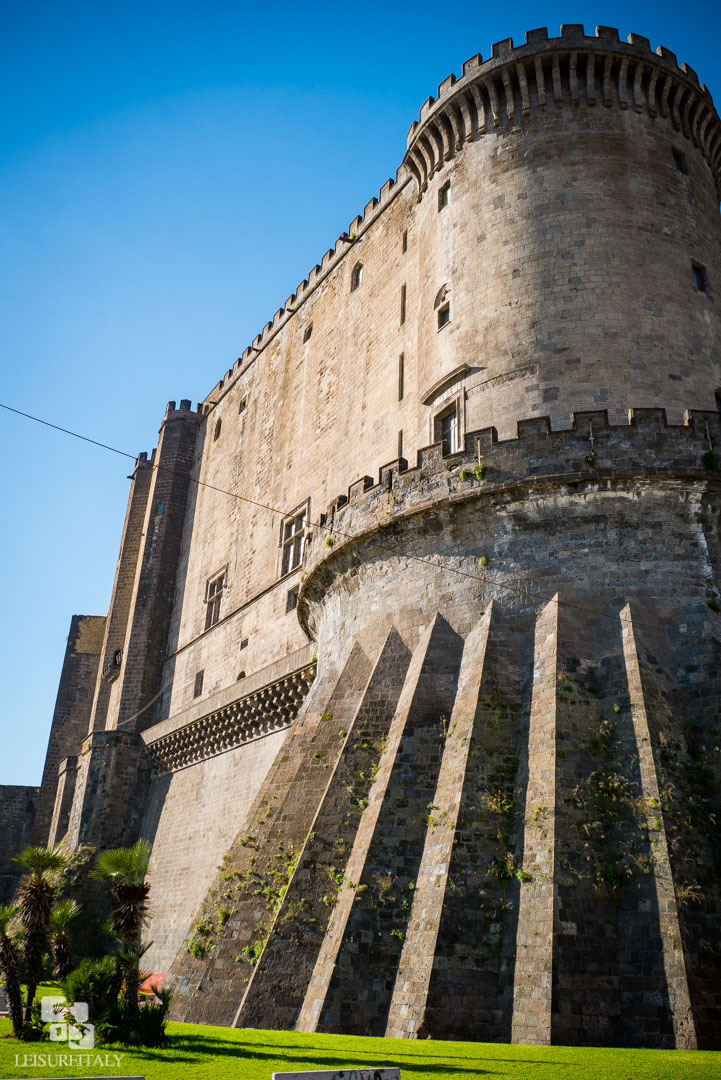
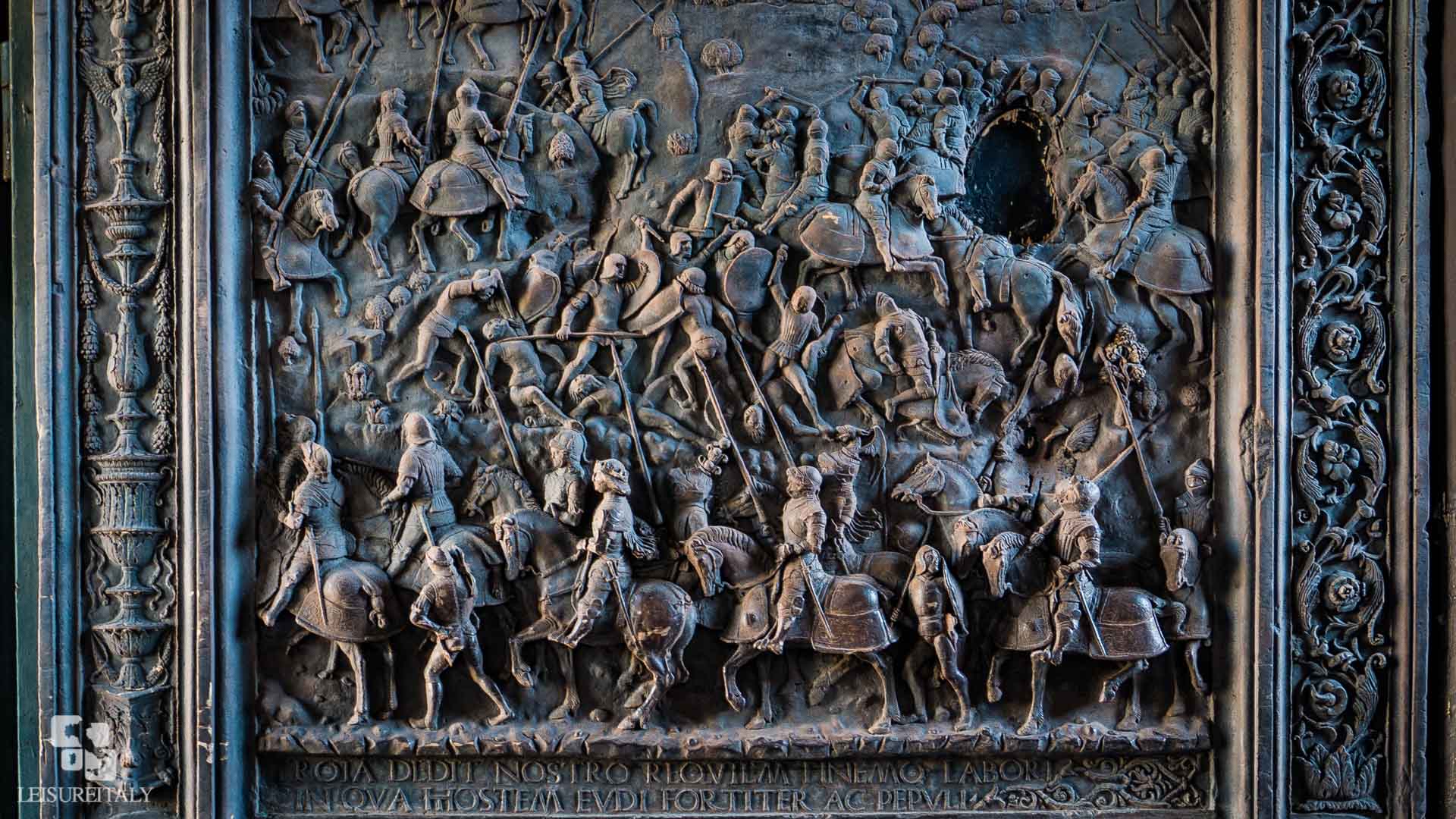
Comments